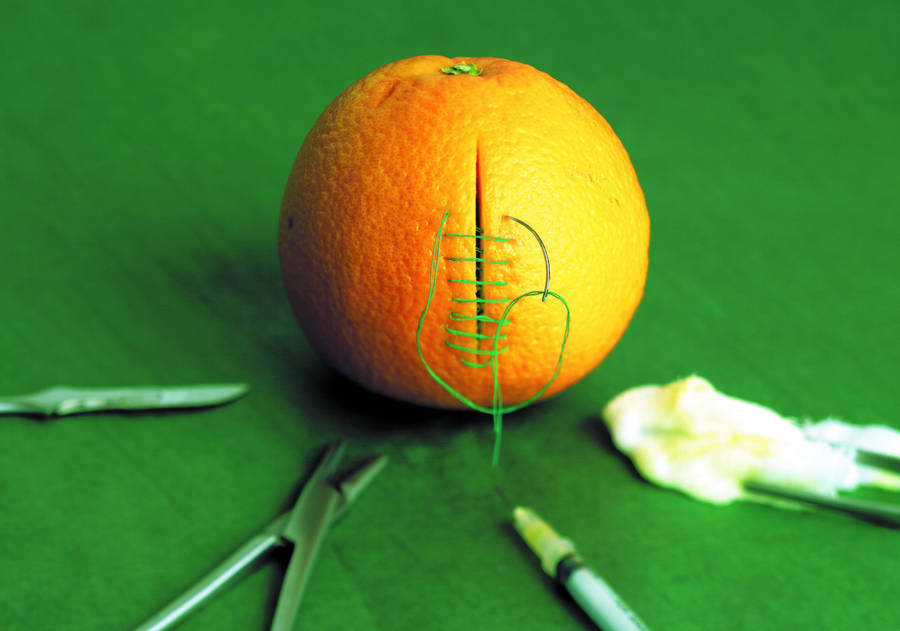An episiotomy is a minor cut or incision made by a doctor in the area between the vagina and perineum to enlarge the vaginal opening and help deliver your baby.
You might need this if your baby has to be born quickly or if forceps are required. And after the baby is delivered, stitches are used to close the incision and assure the best healing.
Taking care of your episiotomy stitches during your postpartum recovery will minimise the risk of infection and help manage pain. It can take up to a month for your episiotomy to heal and for your stitches to dissolve. However, it’s essential to give your body time to recover and heal.
In this article, we’ll explain the reasons for an episiotomy and how to take care of your post-delivery stitches properly.
So let’s get started!
Reasons For An Episiotomy
Studies show that births without an episiotomy are best for most women in labour. However, there are certain conditions in which the procedure may be necessary.
The most common reasons for an episiotomy are:
- If you or your baby is in distress and delivery needs to speed up.
- If your baby is in a breech position (its rear or feet are coming out first) and there is a complication.
- If your baby has an irregular heart rate pattern during birth.
- Instruments, such as forceps or a vacuum, need to be inserted into your vagina to get your baby out.
- If your baby’s shoulder is stuck behind your pelvic bone (shoulder dystocia).
Stitches Aftercare: How To Minimise The Risk Of Pain And Infection
Episiotomy stitches don’t cause too much of a problem if you properly take care of the wound. After your procedure, wait six weeks before engaging in any activity that might rupture your stitches, including using tampons, having sex, and douching. Also, ensure to visit your doctor regularly and follow their instructions precisely.
Following are some tips that can help speed up your recovery and avoid infections:
Expose Your Stitches To Fresh Air
Exposing the stitches to fresh air can boost the healing process. If you decrease the air circulation around your stitches, you could open the way to those bacteria that like to live undercover.
Take Proper Rest
Resting is an excellent way to recover after delivery and heal your wound. Make sure to avoid excessive work as you recover. Also, ask for help from your family and friends whenever you need it.
Take Care Of Your Personal Hygiene
The bacteria on your hands are enough to cause postpartum complications easily. So after giving birth, it’s essential to stay clean and take good care of your stitches. Maintaining good hygiene will help prevent the area from getting infected. Your doctor may also provide you with an antiseptic that can help keep the perineal area clean.
Use Ice Packs
Putting ice on your stitches can ease inflammation and help heal your wound faster. You should wear ice packs for about 10-20 minutes to alleviate pain from stitches after birth. Keep in mind that ice packs are disposable and should only be used once in order to prevent contamination of the cut area.
Try Stool Softeners
Using a stool softener can make it easier to move your bowels and decrease strain. Apart from preventing straining, they can also relieve pain from the stitched area during postpartum recovery.
You can also do many other things to help speed up the healing process, such as:
- Avoid tampons for the first six weeks after giving birth.
- Change your pad every 2-4 hours.
- Use sitz baths (sit in water that covers your vulvar area) a few times a day. To take a sitz bath, make sure to wait until 24 hours after you have given birth.
- Take over-the-counter pain relievers such as ibuprofen to help alleviate discomfort.
When to Seek Professional Help
As with all surgical treatments, infection is possible following an episiotomy. Call your doctor if:
- Your pain gets worse.
- You go for four (or more) days without a bowel movement.
- Redness and swelling around the stitches
- You have a discharge with a foul odour.
- The wound seems to break open.
If you have any unusual or concerning symptoms or have questions about aftercare, don’t hesitate to contact your healthcare provider.



Recent Comments